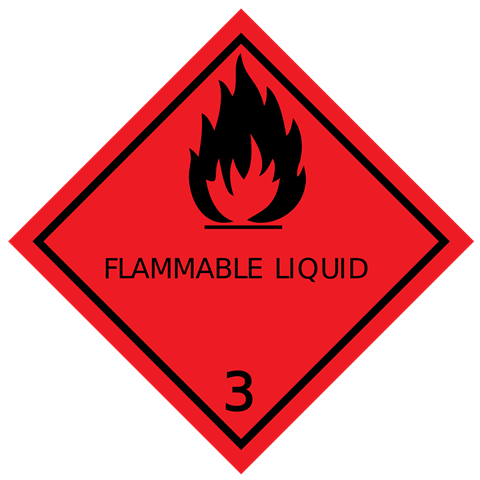Why You Should Buy Safety Gas Cans for Your Home
Safety gas cans are overlooked by many homeowners when buying a new gas can.

Usually used by businesses that need a safe, durable gas can for frequent use and transporting, a safety can provides some extra features than the standard plastic gas can. Some of these key features are flame arresters, self-closing lids, and pressure relief.
- The flame arrestor is a screen that prevents a gas can from exploding. If gas vapors are ignited outside the can it prevents the flame from entering the can and igniting the vapor.
- Self-closing lids prevent vapor loss and spills. Most have a squeeze handle for good control of the flow of gas.
- Safety cans have pressure relief to prevent rupture or explosion. The can will automatically vent at 3-5 pounds of pressure per square inch, then reseal.
Most safety cans are made from a high grade steel and powder coated for durability and chemical resistance. The metal cans are puncture resistant and have reinforced ribs to absorb impact. They come in two types:
- Type 1 safety cans have a single opening for filling and dispensing the gas. They use a funnel for dispensing.
- Type 2 safety cans have 2 openings, one for filling and one for dispensing. Type 2 cans are easier to use and will generally come with an attached flexible hose for accurate filling.
Here are some other important clarifications to consider when buying a safety gas can:
- Red gas cans are for gas.
- Yellow cans are for diesel.
- Blue cans are for kerosene.
Remember, these simple steps when filling your gas cans:
- Always take the gas can out of your car or truck and put it on the ground about five feet from your vehicle before filling.
- Touch the metal on your car to discharge any static on your body.
- Keep the gas nozzle in contact with the gas can while filling and fill slowly to reduce static electricity.
- Only fill the gas can 95 percent full to allow for expansion.
- Add a fuel stabilizer like STA-BIL®Opens a new window to your gas can every time you fill up to protect the fuel and the power equipment you are filling.





